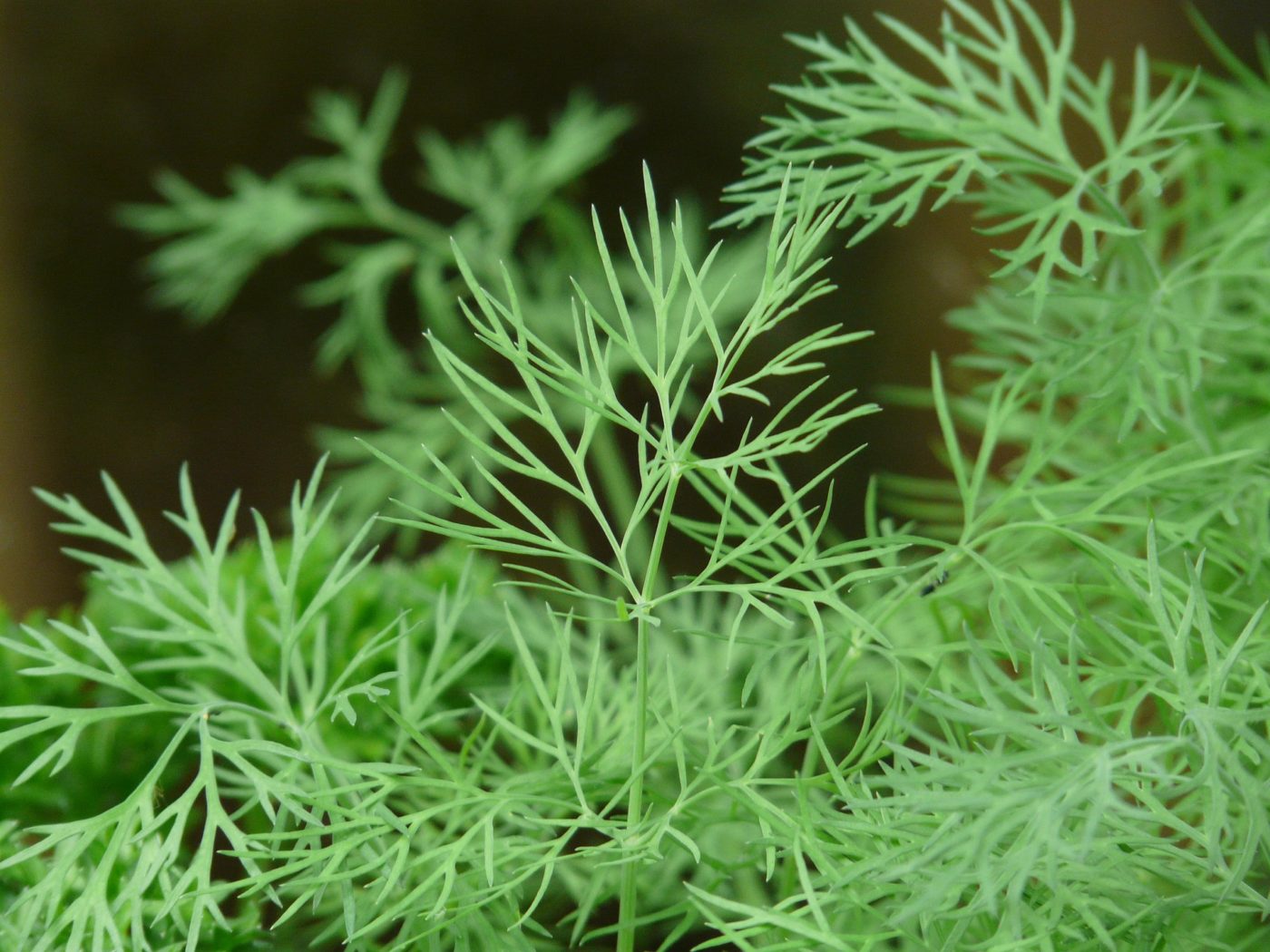Unveiling the botanical realm of plants similar to dill, we embark on a journey of discovery, exploring the captivating characteristics and diverse applications that connect these verdant wonders.
Dill, an aromatic herb belonging to the Apiaceae family, stands as a culinary and medicinal marvel. Its distinctive features, from its feathery foliage to its umbelliferous flowers, set it apart within its botanical lineage. Yet, beyond dill’s unique identity, a host of other plants share remarkable similarities, offering a fascinating glimpse into the interconnectedness of the plant kingdom.
Botanical Classification of Dill

Dill, scientifically known as Anethum graveolens, belongs to the Apiaceae family, also known as the parsley family or carrot family. This family encompasses a diverse range of herbaceous plants, including carrots, parsley, celery, and fennel, all of which share distinctive characteristics.
Dill is classified under the genus Anethum, which comprises only a few species. The distinguishing features that set dill apart from other Apiaceae members include its slender, hollow stems, finely divided feathery leaves, and characteristic anise-like aroma. Dill’s fruits, commonly referred to as seeds, are small and oval-shaped with prominent ridges.
Morphological Features of Dill and Similar Plants: Plants Similar To Dill

Dill, a member of the Apiaceae family, possesses distinct morphological characteristics that distinguish it from other plants. Its physical attributes include a slender, hollow stem, delicate feathery leaves, and small, yellow flowers. The leaves, arranged alternately along the stem, exhibit a distinctive thread-like appearance. Dill’s flowers, borne in umbels, consist of five tiny petals and produce oblong-shaped seeds.
Other plants that share similar morphological features with dill include:
- Fennel (Foeniculum vulgare): Like dill, fennel possesses a hollow stem and feathery leaves. However, its leaves are broader and less dissected than dill’s. Fennel’s flowers, also arranged in umbels, are larger and have a distinct yellow color.
- Caraway (Carum carvi): Caraway resembles dill in its slender stem and feathery leaves. However, its leaves are more coarsely divided, and its flowers are white or pinkish in color. Caraway seeds are oblong and have a distinctive ridged surface.
- Cumin (Cuminum cyminum): Cumin exhibits a slender stem and feathery leaves similar to dill. Its leaves, however, are narrower and have a more intense aroma. Cumin’s flowers are small and white, and its seeds are oblong and brown in color.
The following table provides a comparative overview of the key morphological characteristics of dill and its botanical counterparts:
| Characteristic | Dill | Fennel | Caraway | Cumin |
|---|---|---|---|---|
| Stem | Slender, hollow | Hollow | Slender | Slender |
| Leaves | Feathery, thread-like | Feathery, broader | Feathery, coarsely divided | Feathery, narrow |
| Flowers | Small, yellow, in umbels | Larger, yellow, in umbels | White or pinkish, in umbels | Small, white |
| Seeds | Oblong | Oblong | Oblong, ridged | Oblong, brown |

